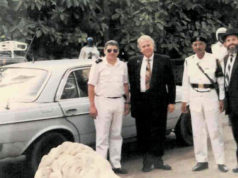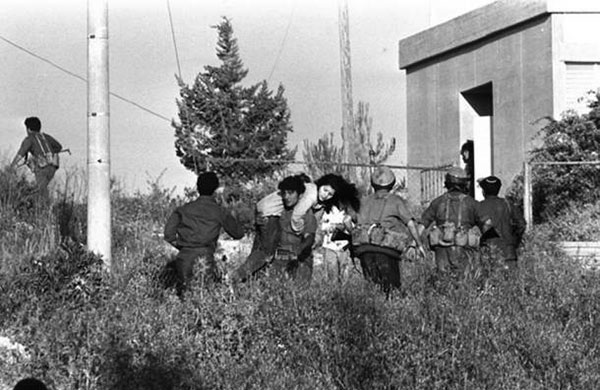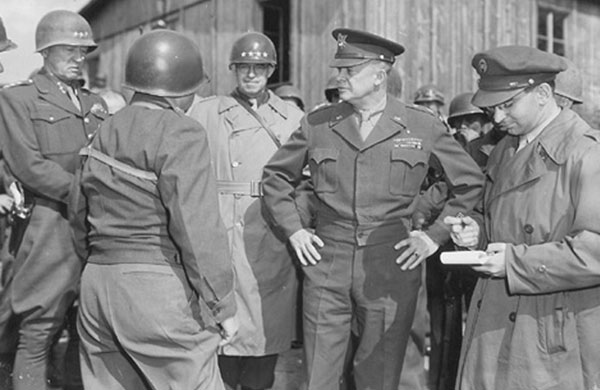
Houses of Jewish worship, large and small, monumental and humble, once dotted nearly every city and town in the vast and powerful Ottoman Empire and its successor, the Republic of Turkey. Of those synagogues, scores have been abandoned and collapsed, often with little record of their existence. Many others, often on valuable real estate, stand on the verge of collapse. Yet others stand proud and well-maintained. They continue to function as they have for centuries, although the number of worshipers has been greatly diminished by emigration.
These synagogues offer a glimpse into an intriguing world: the synagogues of the largest Jewish community in any Muslim country. They were built by members of a substantial and influential Jewish minority who were invited to—and helped shape—a powerful Muslim empire situated at the very edge of Europe.

Despite the compelling history and rich culture of the Ottoman and Turkish Jewish communities, there had been no comprehensive documentation of the artistic and architectural heritage of its synagogues until the American Sephardi Federation put together an exhibit called “The Historic Synagogues of Turkey,” featuring photographs by Devon Jarvis and drawings by Ceren Kahramanis. The project began in 1996. The goal was to chronicle—through photography, measured architectural drawings and written description—synagogues throughout Turkey.

The Ottoman Empire, once great and feared by the rulers of Christendom, was by no means a simple and homogenous cultural entity. The Empire’s reach extended to Europe, Asia and Africa, comprising a complex, multi-cultural, multi-racial and multi-religious society. One of the factors in the longevity of the Ottoman Empire was its laissez-faire attitude towards minorities; within its boundaries were Greek, Armenian, Slavic, Central Asian, Arab and North African communities.

Although the presence of Jewish communities in Constantinople and Anatolia dates to Byzantine times, its “Golden Age” did not begin until the Ottoman capture of Constantinople (renamed Istanbul) in 1453. A long line of Sultans invited persecuted European Jews to resettle within the expanding Empire in areas where their skills were needed. Most prominent were the Sephardim expelled from the Iberian Peninsula in 1492.
Each minority group was allowed to maintain and develop its own language, religion and culture to varying degrees and always within certain parameters. The Pact of Omar, which established protection for Christians and Jews, limited their privileges and subjected them to special taxes, was never enforced with the same rigor that it often was in other parts of the Muslim world.
In the heyday of the Ottoman Empire, Jewish learning and culture thrived, producing a material culture and architecture which merged the spiritual and religious priorities of Judaism with architecture that was rooted in the Islamic world and centered in the Ottoman Empire.

From the beginning, Jews built places of worship wherever they were settled. Some were small, contained within private homes; others were more prominent. In certain cases, they were endowed by the Sultan.
As long as the Ottoman Empire thrived, segments of the Jewish community were quite prosperous. Jews brought the first printing presses to the Ottoman Empire, served as the Sultan’s ambassadors to European countries and were tailors to the elite private guard of the Sultan.

With the downfall of the Empire in the 18th and 19th centuries, culminating in a series of wars/invasions in the early 20th century, the Jewish community lost much of its strength and became impoverished.
The ruins of the Ottoman Empire have emerged as a complex, modern Republic balancing its secular foundation with its religious heritage, balancing its eastern roots with a conscious choice to turn its face to the West. Substantial Jewish populations remain only in Istanbul (20,000) and Izmir (2,000). In many communities, a minyan can no longer be formed. Much of the population is elderly and deaths outnumber births nearly three to one. In 1908 there were 22,000 Jews in the western city of Edirne; in 1997, only two remained.
Turkish Jews are guaranteed complete freedom of worship. Many are quite proud and comfortable; others feel a need to maintain a lower profile. Turkish schoolchildren are not taught about the role of minorities in the successes of the Ottoman Empire and Turkey; many younger Turks, as a result, are not aware of the fact that there was once a significant Jewish population; others commonly confuse Jews with Greeks and Armenians.
The last few years have seen a strengthening of Islamic Fundamentalism—including a year in which the Welfare Party headed a coalition government. Yet a majority of Turks continue to believe very strongly in the fundamental importance of the secular underpinnings of the Republic.
The synagogues which are the legacy of the Jewish community maintain a wide variety of forms. Some were simply converted from rooms in pre-existing buildings; others (usually of the 19th and 20th centuries) have grand interiors and monumental facades which incorporate Jewish symbols. Most synagogues are preceded by courtyards, which serve as a transition between the public realm of the street and the private realm of the synagogue. Many courtyards serve as the entrance to the women’s gallery and as a place for the Sukkah.
Many interiors embody a lavish richness of architecture and furnishings, often with plush Turkish rugs, ornate oil lamps crafted from silver, carved wooden furnishings and spectacular embroideries. There is a consistent emphasis on those places most important for Jewish worship—the Ark (where the Torah is housed, known as hechal among Sephardi Jews) and the platform from where the Torah is read (known as the tevah).
Most synagogues have a smaller room, the beit midrash (the house of study), which serves as a sanctuary for daily use.
Many synagogues share similar forms. In the region of Izmir, many are square. In these, four central columns create a nine-square grid. The central square of the grid contains a raised area in which the central tevah is placed (this synagogue plan is found in other countries as well). Other synagogues, in the region of Bursa, have a central tevah surrounded by a circle or ellipse of columns; a second tevah is placed on a mezzanine over the entrance.
The architecture of these synagogues merges the priorities of Jewish ritual with the architecture of the Islamic and Ottoman worlds in which they were immersed.
The degree to which Jews embraced Ottoman ideals and culture is exemplified by the Ark of the Ashkenazi synagogue in Istanbul (c. 1905), whose design strongly recalls an Ottoman pavilion.
Each synagogue has its own soul and a story to tell; its history is the history of generations of Jewish families in communities that no longer exist. Ceren Kahraman said, “For Turks, these synagogues are an important part of our cultural history. They are in danger of being lost and this would be to the detriment not just of Turkish Jews, but of all Turks.”
These synagogues serve as a reminder of a nearly-forgotten world where Jew and Muslim lived side-by-side. Prior to this century, in fact, in many Muslim countries, peaceful Jewish-Muslim coexistence was the norm and not the exception.
In the turbulence of today’s Middle East, it is easy to forget the long and fruitful chapter of Jewish-Muslim coexistence. Perhaps the value of these synagogues lies in their ability to serve as a poignant reminder of such a world.
___________
Courtesy of the American Sephardi Federation.



